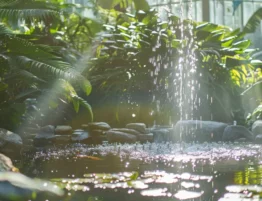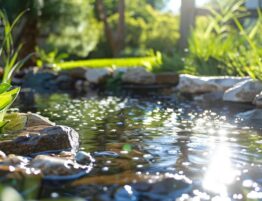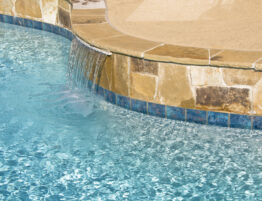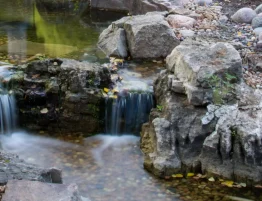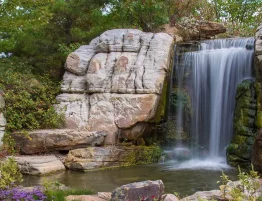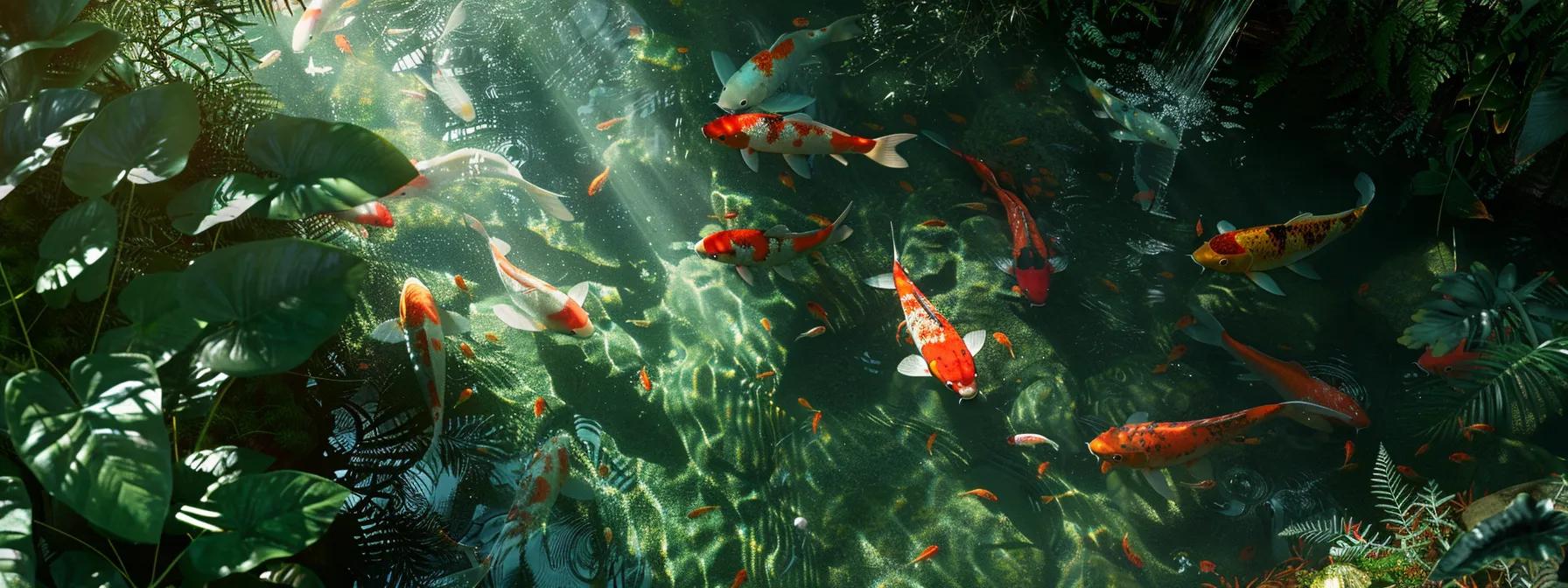
How to Protect Koi and Goldfish from Predators Like Raccoons and Herons
If you’re a proud koi or goldfish owner with an outdoor pond, nothing feels worse than discovering your fish have become prey to wildlife. In St. Louis, Missouri, common pond predators include raccoons, herons, minks, and even neighborhood cats. Protecting your fish involves understanding predator behaviors and implementing effective deterrent strategies, ranging from natural pond designs to selective artificial methods.
Common Pond Predators in St. Louis
Before protecting your fish, it’s important to understand the typical predators in the St. Louis area:
- Raccoons: Nocturnal creatures, raccoons frequently prey on koi and goldfish by reaching into shallow water. Signs of raccoons include scattered scales and disturbed plants.
- Herons: Particularly Great Blue Herons, these birds can devastate fish populations quickly with sharp eyesight and stealthy hunting methods.
- Minks: These agile predators can swiftly eliminate an entire pond’s fish population, especially during colder months when fish are sluggish.
- Cats and Opossums: Less persistent but still potentially dangerous, especially if other food sources are scarce.
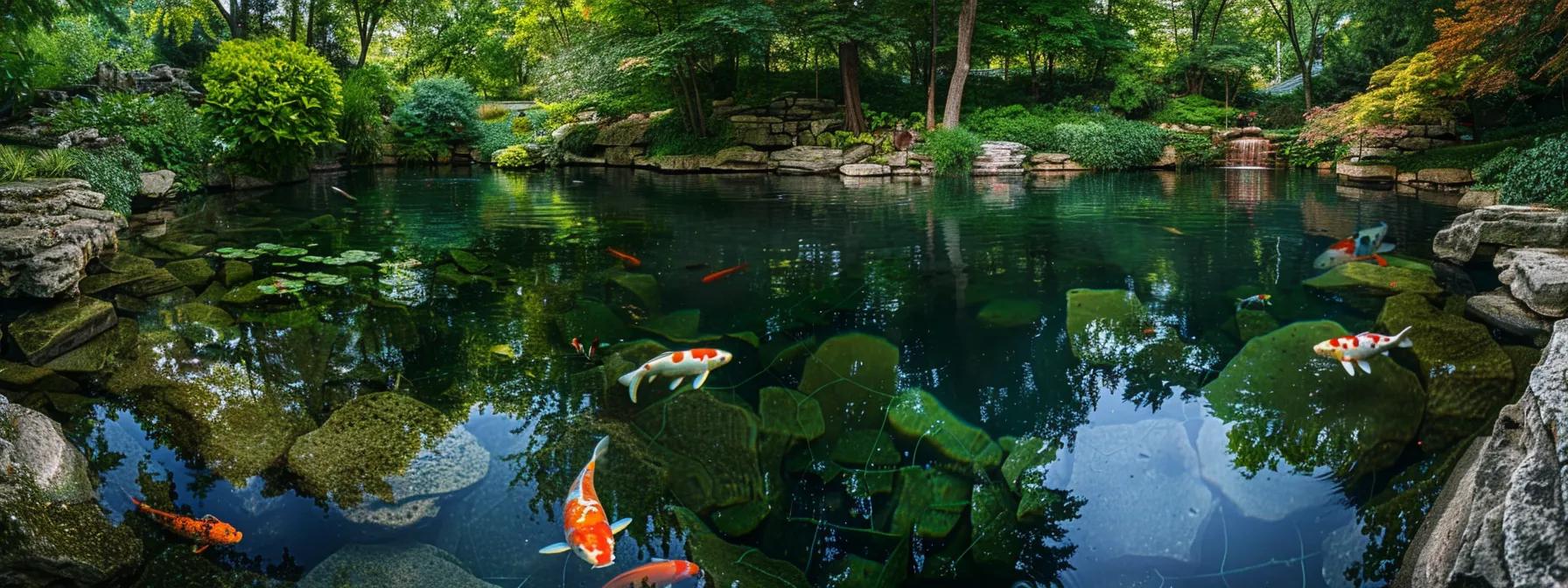
Natural Deterrent Methods
Strategic Pond Design
Deep Water: Designing your pond with depths of at least 3 to 4 feet makes it harder for predators to reach your fish. Deep ponds discourage wading birds like herons and make raccoons swim instead of wade, greatly reducing their effectiveness.
Steep Sides: Creating ponds with steep, vertical sides instead of gentle slopes prevents easy access to predators looking to grab your fish from shallow edges.
Creating Fish Hiding Spots
Adding fish caves, tunnels, or strategically placed large rocks and structures provides immediate protection. Consider creating underwater shelters:
- Stacked rocks forming caves
- Large ceramic pipes or PVC tunnels
- Inverted weighted milk crates offering refuge
Aquatic and Marginal Plantings
Plants not only enhance your pond’s aesthetics but provide essential coverage for your fish:
- Water Lilies and Lotus: These floating plants obscure visibility from above, making it harder for herons to target fish.
- Dense Marginal Plants: Ornamental grasses and shrubs planted around your pond create a natural barrier and obstruct predators’ views and access.
Artificial Deterrent Methods
While natural approaches are excellent first steps, sometimes artificial methods become necessary.
Protective Netting
High-quality pond netting, set taut above the water surface, effectively prevents raccoons and herons from reaching fish. Consider using netting seasonally or during peak predator times (spring and fall migrations).
Motion-Activated Devices
- Sprinklers: Motion-triggered sprinklers emit bursts of water, startling predators and discouraging repeated visits.
- Lights and Ultrasonic Devices: Motion-activated lights or ultrasonic deterrents can also be highly effective, particularly at night against raccoons and nocturnal animals.
Decoy Predators
Using decoys, like realistic heron statues, can deter territorial birds. Ensure decoys are regularly moved to maintain effectiveness. Decorative decoys such as metal sculptures serve both aesthetic and protective purposes.
Seasonal Predator Protection in St. Louis
Adapting your strategies to Missouri’s seasonal conditions is critical:
- Winter: Ice coverage offers some protection, but openings created by heaters must be guarded. Consider protective mesh covers against persistent predators like minks.
- Spring: Predators, especially herons returning from migration, actively search for food. Temporary netting or increased motion-activated deterrents are recommended.
- Summer: Enhanced plant growth provides natural protection, but predator activity peaks. Maintain deterrents and ensure pond water levels remain high.
- Fall: Falling leaves and diminishing plant coverage can expose fish. Temporary netting not only keeps leaves out but protects against migrating birds preparing for winter.
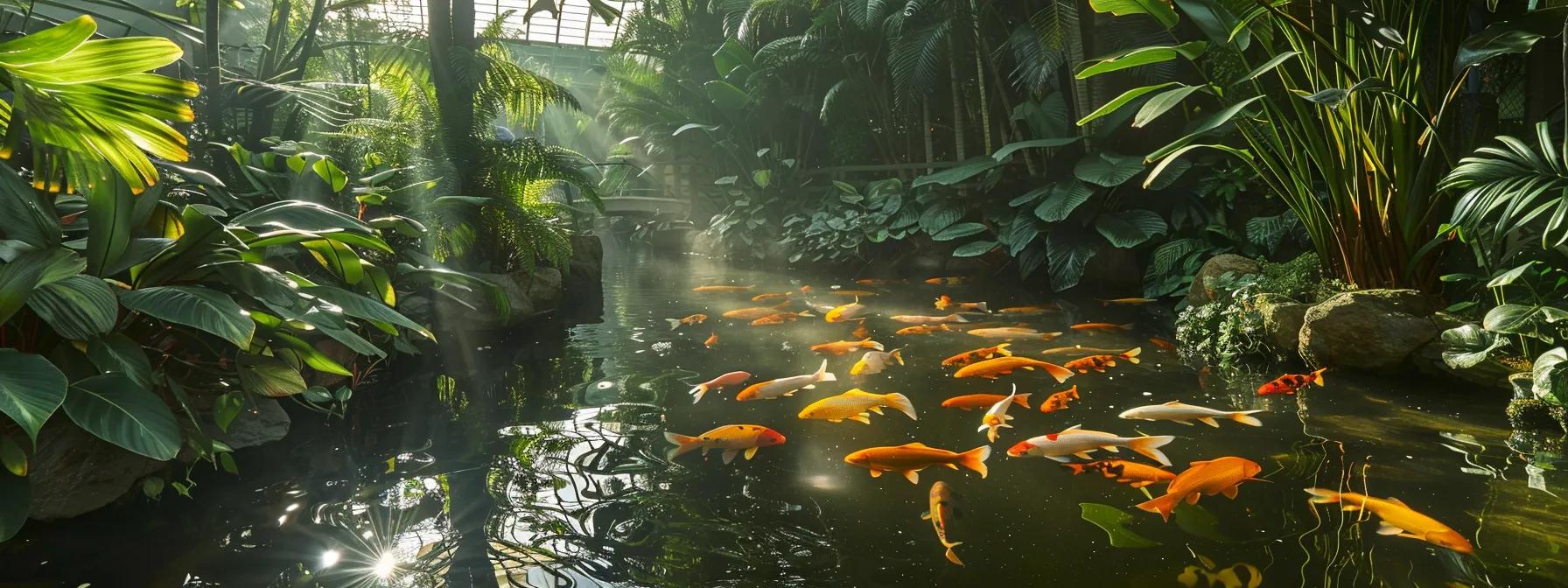
Balancing Aesthetics and Protection
A beautiful pond doesn’t have to sacrifice safety. Blend protection methods into your landscape:
- Use dark, unobtrusive netting or fishing line grids.
- Conceal motion-detectors within landscaping.
- Strategically place attractive plantings and decorative features that serve dual protective and aesthetic purposes.
Regular Maintenance and Monitoring
Staying proactive is crucial. Regularly inspect your pond for signs of predators:
- Check for animal tracks or disturbed areas.
- Rotate deterrents to prevent animals from becoming accustomed.
- Adjust pond conditions seasonally, addressing vulnerabilities immediately.
Conclusion
Protecting koi and goldfish in St. Louis ponds requires comprehensive, proactive measures that blend natural designs, selective artificial deterrents, and seasonal strategies. With careful planning, your fish will thrive safely, allowing you to enjoy your beautiful backyard pond without constant concern.
For personalized assistance in designing predator-resistant ponds, Clarity Ponds is here to guide you through every step, ensuring both the beauty and safety of your outdoor oasis.

